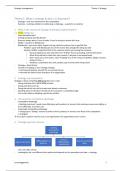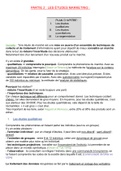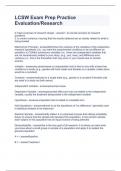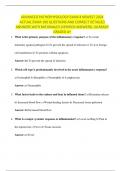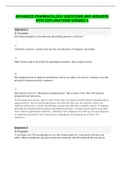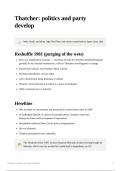Samenvatting
Samenvatting (summary) - Strategic Management (TEWMBA)
- Instelling
- Universiteit Antwerpen (UA)
Samenvatting Strategic Management, docent Peter Verhezen. Uitgebreide notities van tijdens de les + examenvragen die aan bod kwamen in de les. Summary Strategic Management, professor Peter Verhezen. Extensive notes from class + exam questions
[Meer zien]
